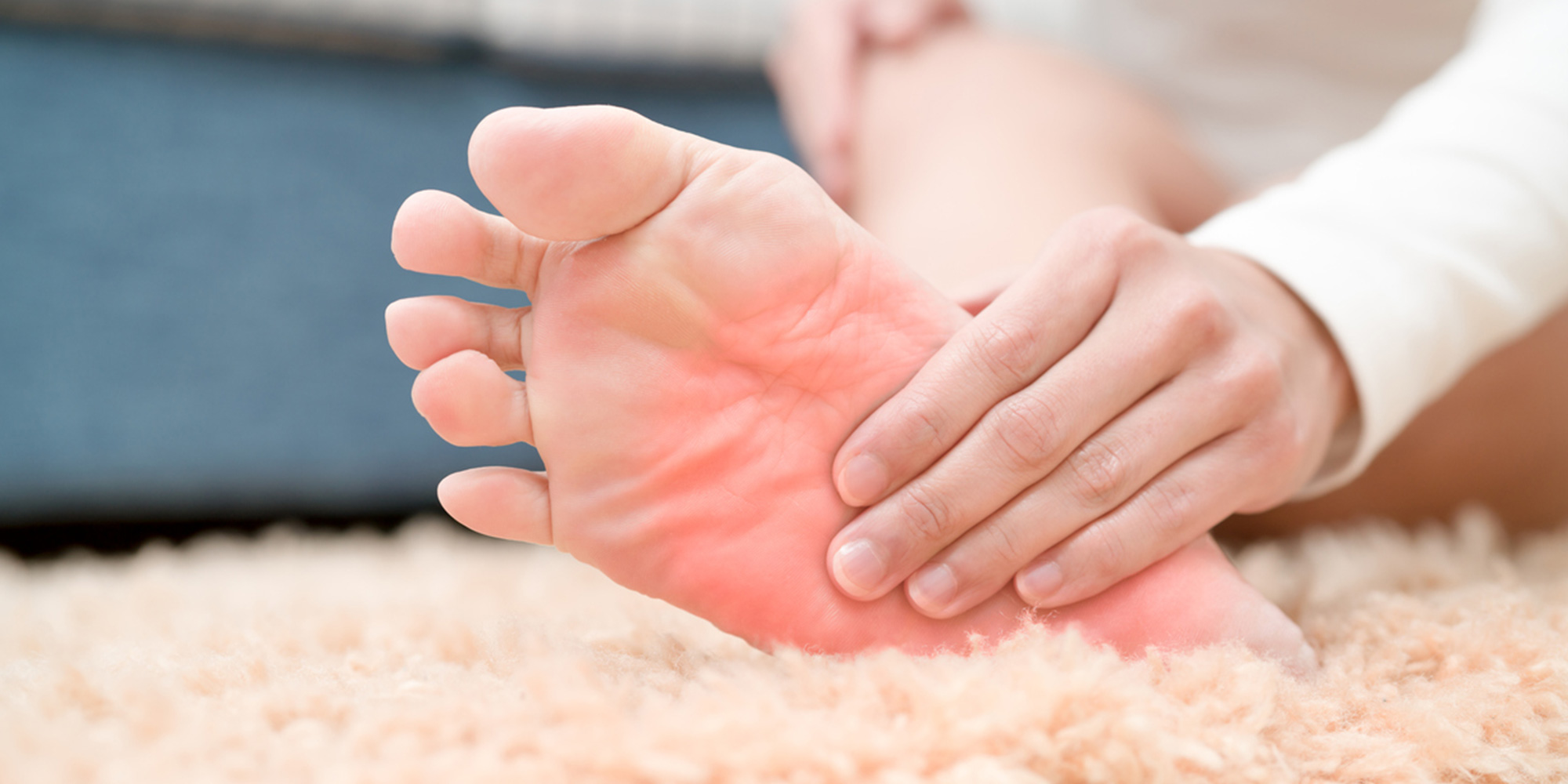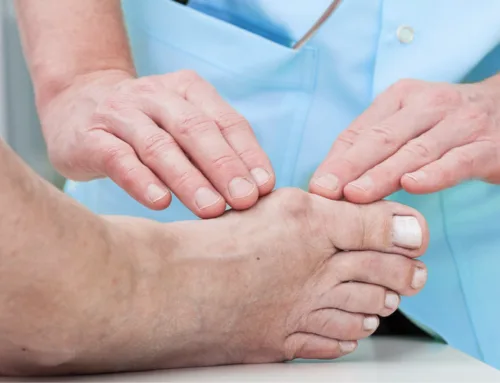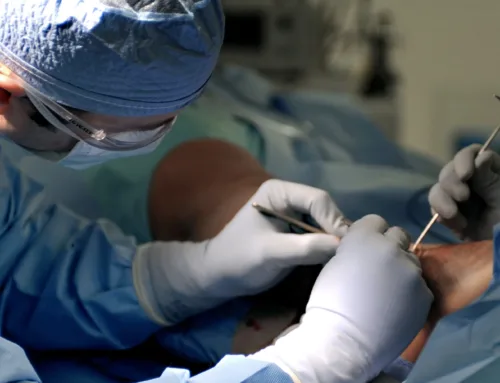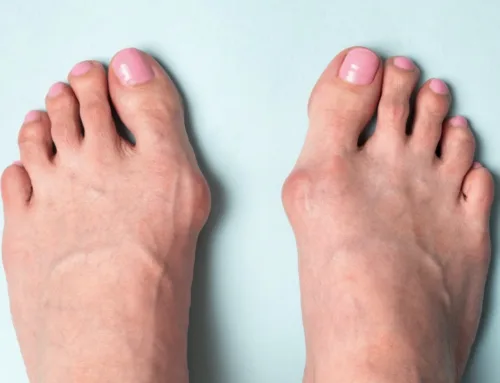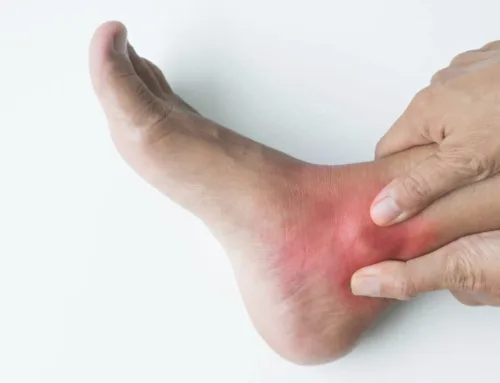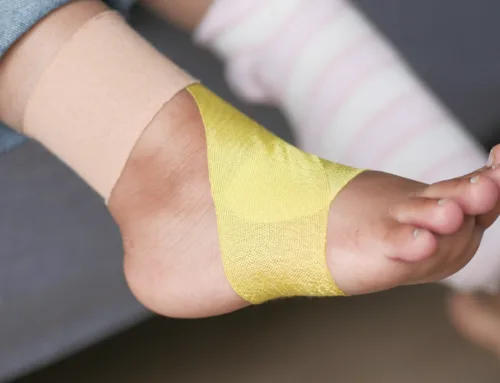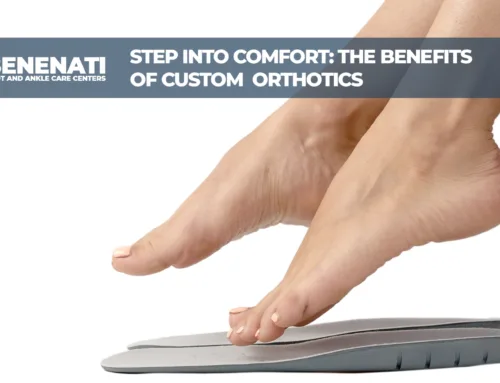Arthritis
What is Arthritis?
Arthritis is a chronic illness that causes swelling or inflammation in one or more joints in the body. Over 100 different types of arthritis currently exist. Approximately 1 in every 4 Americans are affected by arthritis. While most forms affect the cartilage or lining around the joints, some types like rheumatoid arthritis or psoriatic arthritis affect the immune system or specific organs in the body.
The effects of arthritis can be especially pronounced in the feet as they each contain 33 joints. Depending on the type of arthritis, feet can deteriorate and experience more pain due to their ability to bear the entire body’s weight without relief.
Some common types of arthritis include:
- Osteoarthritis—this is the most common type of arthritis occurring in patients in the United States. Osteoarthritis affects a patient’s knees, hips, or fingers and can occur as a result of aging or due to injury.
- Rheumatoid arthritis—a chronic inflammatory disease that occurs due to the immune system attacking healthy cells on accident.
- Ankylosing spondylitis —arthritis of the spine that results in swelling and pain in joints of the spine.
- Gout—an excess buildup of uric acid leads to the formation of crystals in the joints. Patients with gout typically experience symptoms in their big toe.
- Juvenile arthritis—arthritis that occurs in children
- Psoriatic arthritis—occurs with psoriasis, a skin illness that results in flaky patches of inflamed skin. Patients with psoriatic arthritis may also experience “sausage-like” appendages known as dactylitis.
What Are the Causes of Arthritis?
There is no one cause of arthritis. The different types of arthritis can be brought on due to:
- trauma to the body or joints
- aging
- genes—for some patients, arthritis may be hereditary
- viral or bacterial infections
- smoking
- occupation—certain work environments that require you to bend predispose patients to osteoarthritis
- gender—women are more likely to develop osteoarthritis and rheumatoid arthritis, while men are at a higher risk of having gout
What Are the Symptoms of Arthritis?
Symptoms of arthritis differ depending on the type of arthritis in question. In general, they can include:
- swelling in the joints
- pain and stiffness in the joints
- redness and heat
- soreness and muscle weakness
- fever
- rashes
- itchiness
- weight loss
What to Expect During Diagnosis and Treatment of Arthritis
If you’ve never been diagnosed or treated for arthritis before, you might be wondering what to expect during your first appointment at the podiatrist. As the symptoms of arthritis are common to other illnesses, it may often be difficult to diagnose unless a complete health history and imaging tests are conducted. For an accurate arthritis diagnosis, a trained healthcare professional such as a podiatric physician will:
- review your complete health history, including your current symptoms of joint pain and swelling
- physical examination paying close attention to the movement of the joints
- conduct imaging and lab tests, including X-rays, MRIs, and arthrocentesis, which is used to evaluate joint fluid content
An arthritis diagnosis can be categorized into:
- inflammatory arthritis such as rheumatoid arthritis
- degenerative arthritis such as osteoarthritis
- metabolic arthritis, such as gout
- infectious arthritis, in the case of patients with Lyme disease
Some forms of arthritis cannot be prevented, and as a result, the best course of treatment for that is to manage a patient’s symptoms to increase wellness and quality of life. Treatment of arthritis will depend on the type of arthritis and severity of symptoms, as well as a patient’s overall lifestyle and environment. This can include:
- use of custom-fitted orthotics or braces by a podiatrist
- medication
- physical therapy to restore movement to the joints
- homeopathy or herbal supplements to control uric acid levels
Effective management of arthritis requires an accurate evaluation and prompt care using safe, effective medical techniques.
